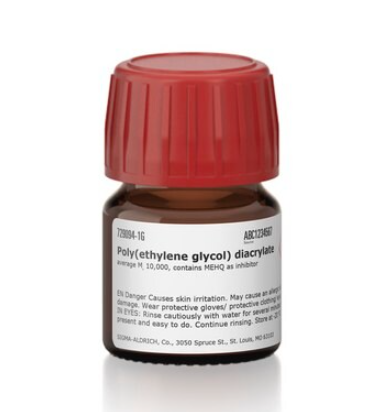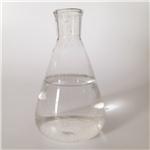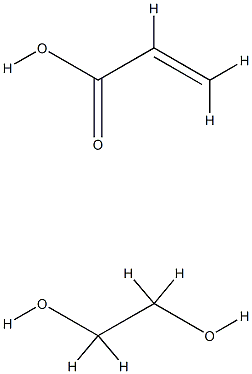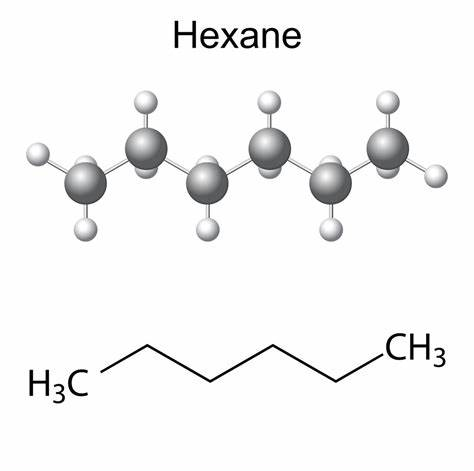Poly(ethylene glycol) diacrylate: A Versatile Material for Modern Applications
Poly(ethylene glycol) diacrylate(PEGDA) is a kind of desirable linking agent, can form hydrogel or medicine carrying microballoons by photo-crosslinking, also can be used as the linking agent of chemically crosslinked.

Preparation
The preparation method who the invention provides a kind of Poly(ethylene glycol) diacrylate, comprising:
(1) getting the PEG that the molecular weight of 15 grams is 3500-10000 joins in 200-500mL tetrahydrofuran (THF);
(2) logical argon shield, 30-50 ℃ of heating in water bath, drops into 0.1-1.5g sodium, reaction 4-18h;
(3) be added dropwise to the compound with 0.5-3mL acrylic acid structure, under 40 degree, react 12-24h;
(4) add 0.01-0.1g stopper, enter 2-10 times of volume ether extraction or be direct vacuum-drying 24-72h under <20Pa in vacuum tightness, obtain Poly(ethylene glycol) diacrylate product.
Rearch and Applications
Hydrogel porosity ξ, or mesh size, is a structural property that estimates the length between successive cross-links in a hydrogel. Porosity is a function of cross-linking density, monomer composition and monomer concentration (Lowman and Peppas, 1999). In a 1998 study of poly(ethylene glycol) diacrylate (PEGDA), Cruise et al. (1998) showed significant changes in porosity characteristics when altering the molecular weight of the polymer and more modest changes in pore size with modifications in PEGDA concentration. Given an inert network and uniform changes in porosity, mesh size increases with greater swelling and decreases with decreased swelling (Gehrke et al., 1997). Kim et al. (2004) demonstrated a similar relationship in experiments with silk hydrogels, showing a decrease in pore size with an increase in fibroin cross-linking. Direct measurements of permeability include electron microscopy or quasi-elastic laser-light scattering (Stock and Ray, 1985).
References:
[1] LONGMORE D B. Biomedical polymers[J]. Polymer, 1972, 13 6: 245-300. DOI:10.1016/0032-3861(72)90013-4.You may like
See also
Lastest Price from Poly(ethylene glycol) diacrylate manufacturers

US $0.00-0.00/kg2025-06-13
- CAS:
- 26570-48-9
- Min. Order:
- 1kg
- Purity:
- 99.0% min
- Supply Ability:
- 10tons

US $0.00-0.00/KG2025-04-15
- CAS:
- 26570-48-9
- Min. Order:
- 1KG
- Purity:
- 99%
- Supply Ability:
- 500000kg


